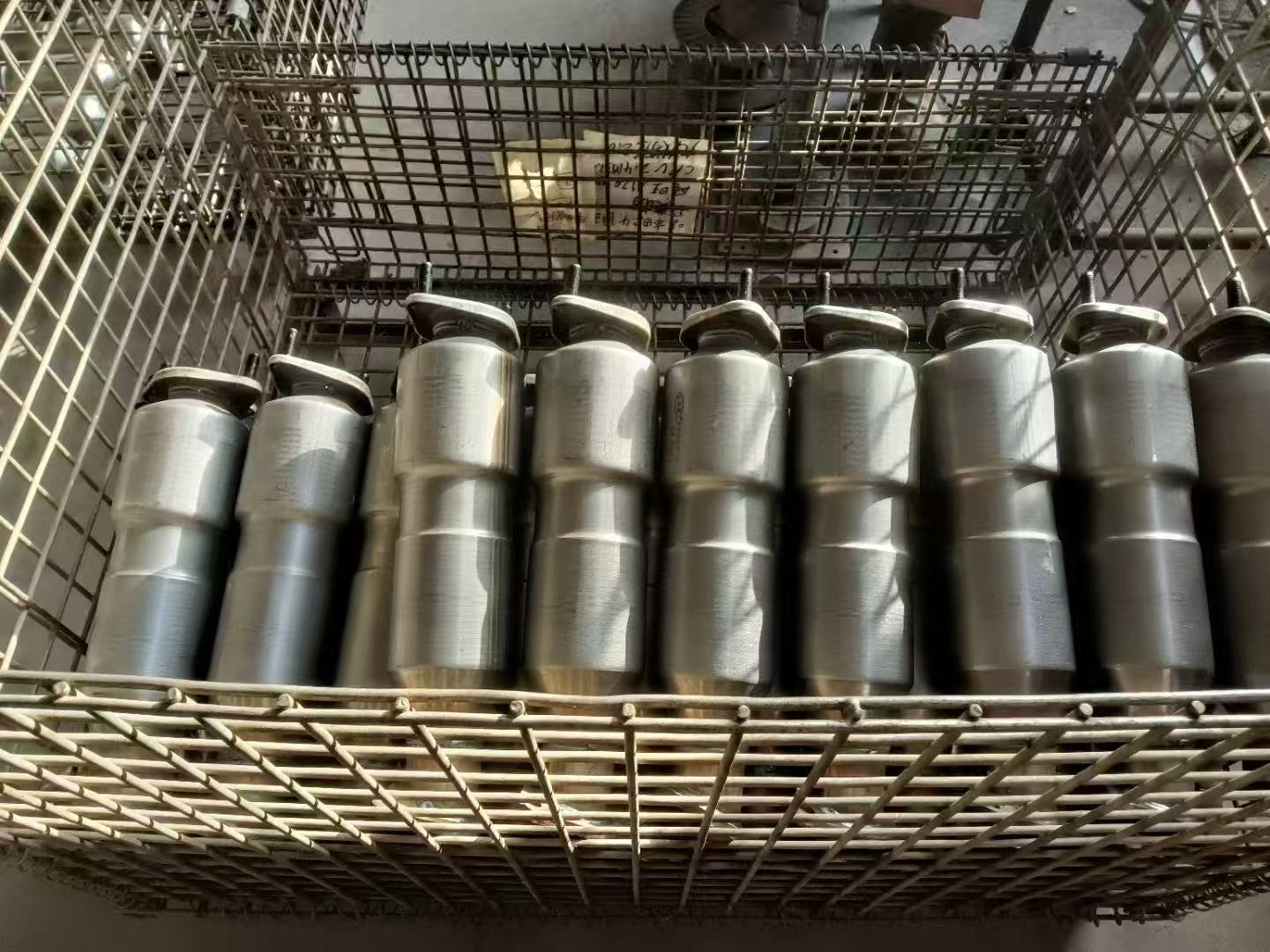With the continuous increase in vehicle ownership, automotive exhaust has become a major source of urban air pollution. How to effectively treat vehicle exhaust and reduce its harm to the environment and human health has emerged as an urgent issue. Among the critical factors in exhaust treatment, automotive catalytic converters, engine displacement, and PGM (platinum group metal) recycling play pivotal roles.
Catalytic Converters: The Core of Exhaust Purification
Catalytic converters serve as the core equipment for automotive exhaust purification, often referred to as the vehicle’s “environmental guardians.” They utilize precious metal catalysts (such as platinum, palladium, and rhodium) to convert harmful gases in exhaust—including carbon monoxide (CO), hydrocarbons (HC), and nitrogen oxides (NOx)—into harmless carbon dioxide (CO₂), water (H₂O), and nitrogen (N₂) through oxidation and reduction reactions. In essence, catalytic converters act as “magic boxes” that transform toxic exhaust components into environmentally benign substances, significantly mitigating air pollution.
Engine Displacement: Directly Linked to Emission Volume
Engine displacement, defined as the working volume of the engine cylinders, is closely tied to exhaust emissions. Generally, larger displacement engines produce more exhaust gases per combustion cycle. For example, a large-displacement SUV typically emits more pollutants than a small-displacement sedan, as it burns more fuel, leading to higher emissions of harmful gases. Thus, controlling engine displacement is a crucial step in reducing exhaust pollution from the source.
PGM Recycling: Closing the Loop in Exhaust Treatment
PGM recycling (platinum group metal recycling) is equally vital in the exhaust treatment industry chain. Catalytic converters rely on rare and expensive PGMs (Pt, Pd, Rh) as catalysts. With the widespread use of converters, the number of废旧 (used) units has surged. Recycling PGMs from these units not only cuts production costs and reduces dependence on virgin resources but also minimizes environmental pollution. Refined and purified recycled PGMs can be reused in new converters, forming a sustainable resource cycle.
Practical Measures for Optimal Performance
To maximize the efficiency of catalytic converters and minimize emissions, vehicle owners should prioritize regular maintenance:
- Avoid using leaded gasoline, as lead poisons the catalyst.
- Regularly inspect engine performance to ensure complete combustion and reduce unburned harmful gases entering the converter.
- Channel used converters to certified recycling facilities to ensure effective PGM recovery.
Automotive exhaust treatment is a complex systemic project. Catalytic converters, engine displacement control, and PGM recycling respectively address exhaust purification, emission source reduction, and resource circulation. Only by integrating these elements can we balance the convenience of automobiles with environmental protection, contributing to cleaner skies and a healthier planet.
Key Terms Optimization:
- Catalytic converters
- Engine displacement
- Exhaust treatment
- PGM recycling

